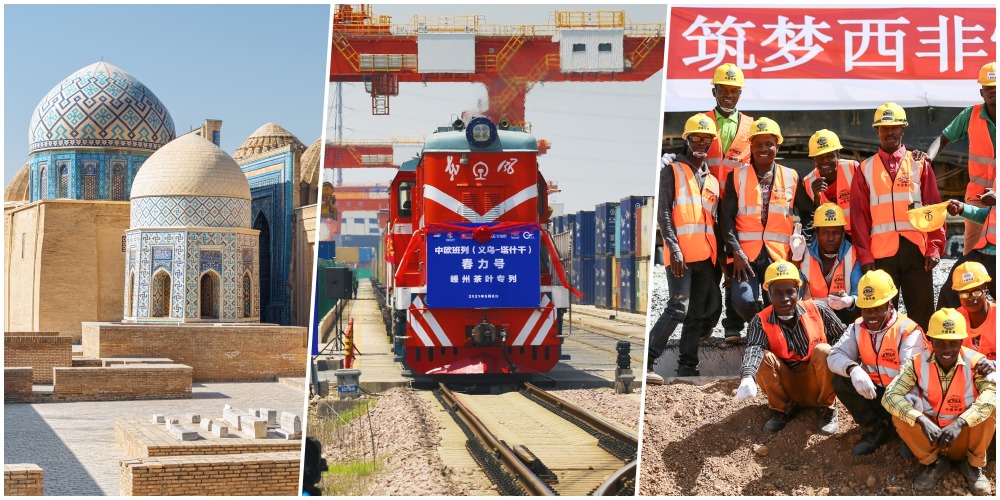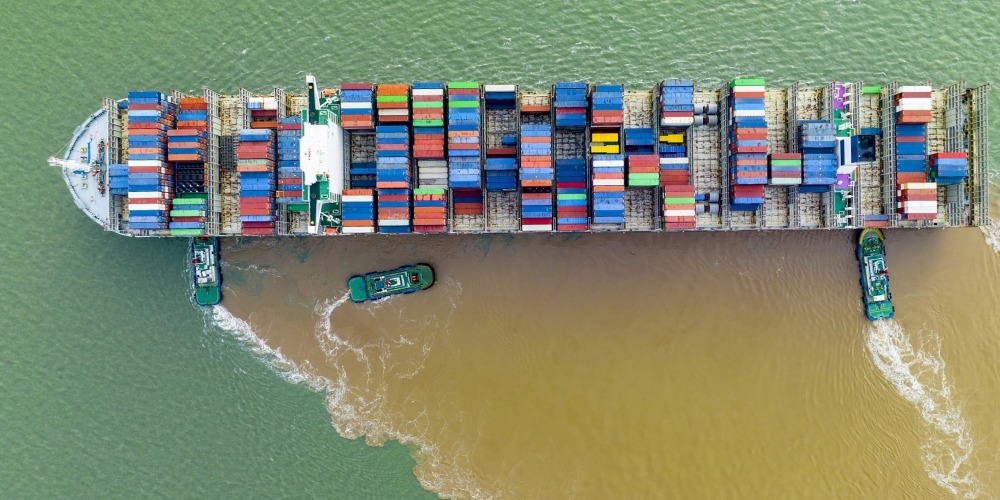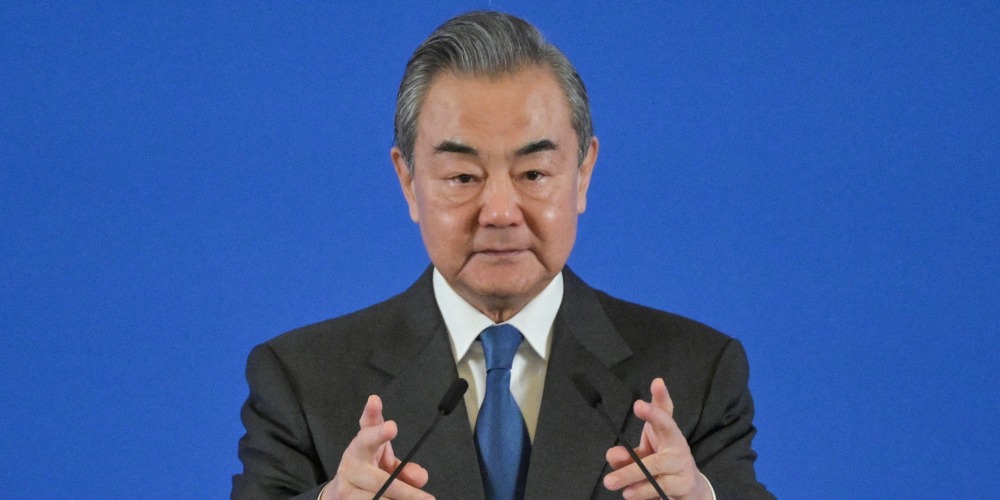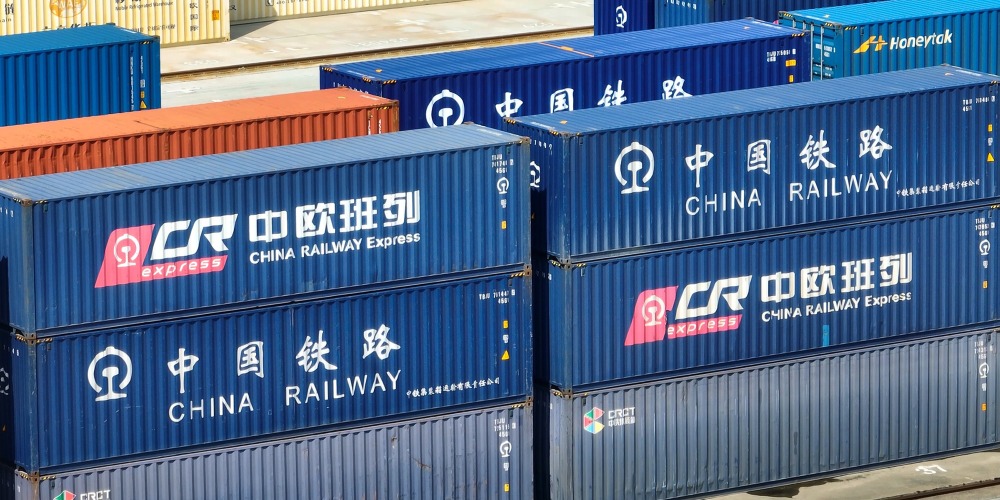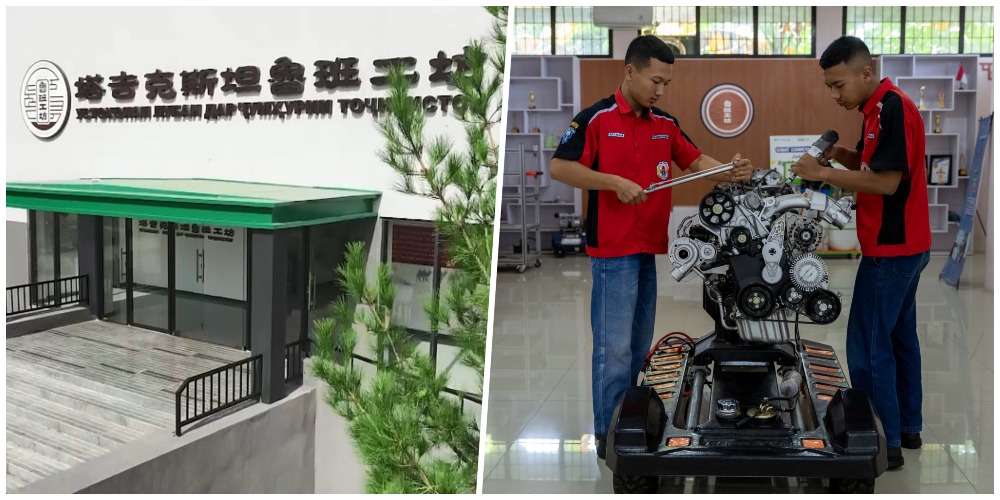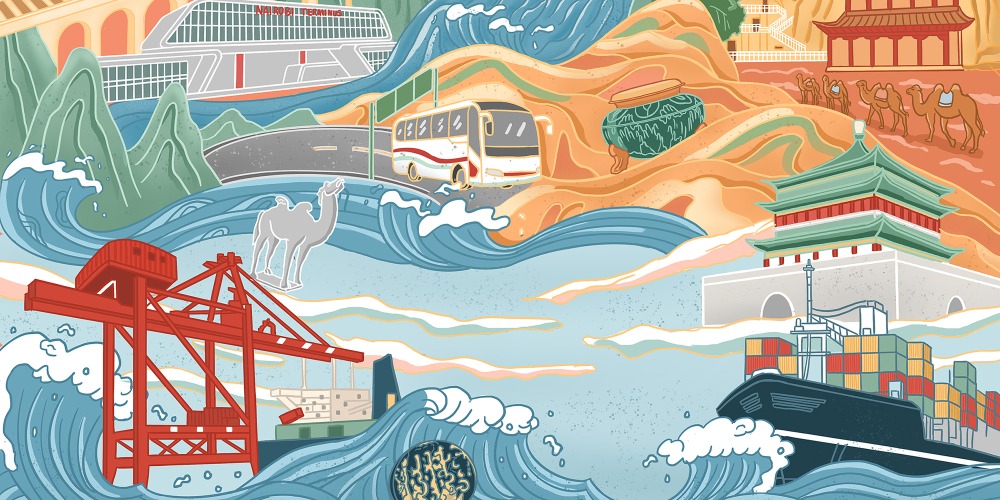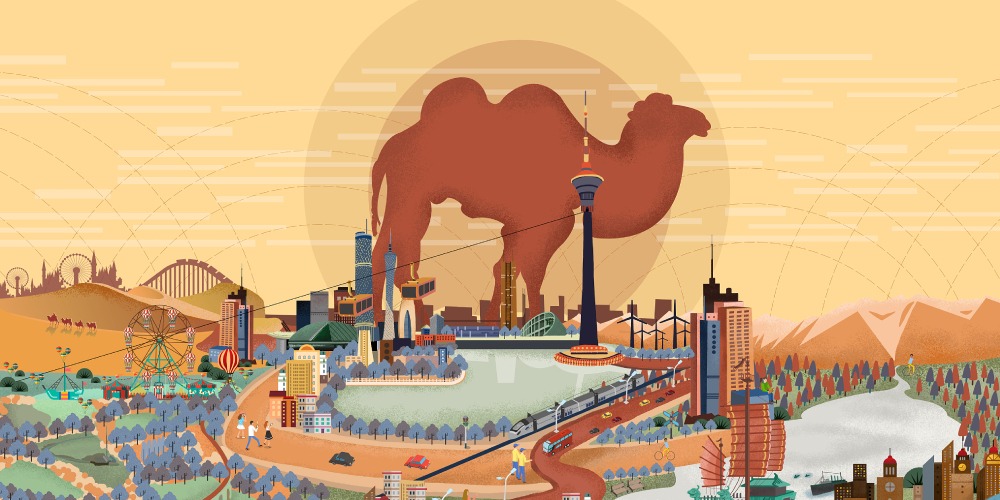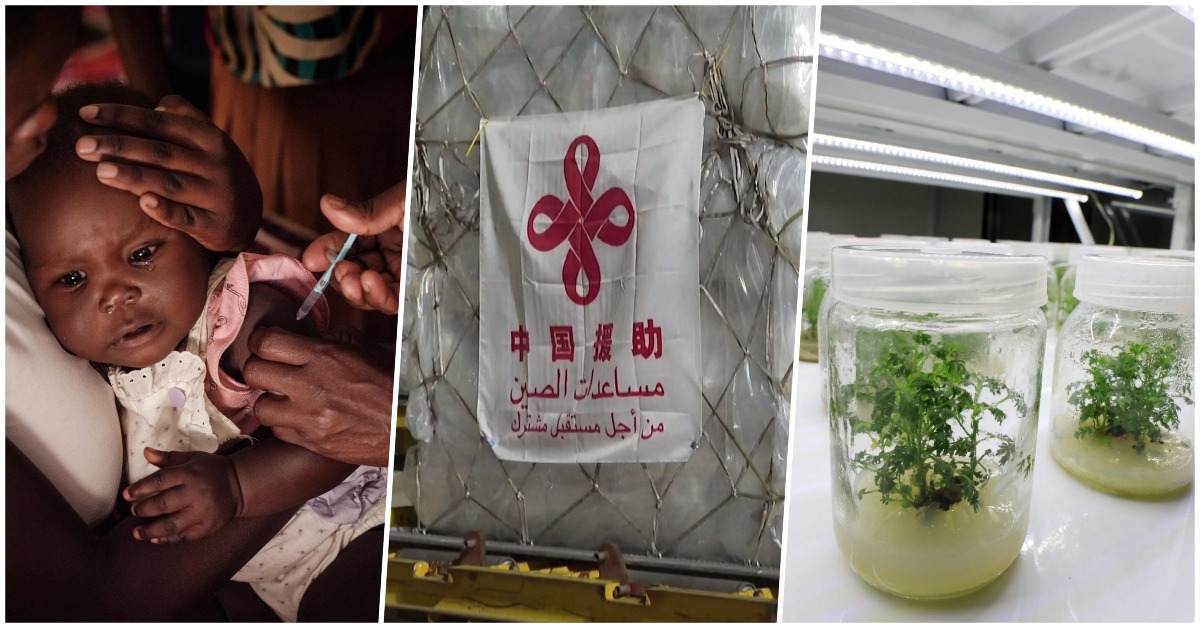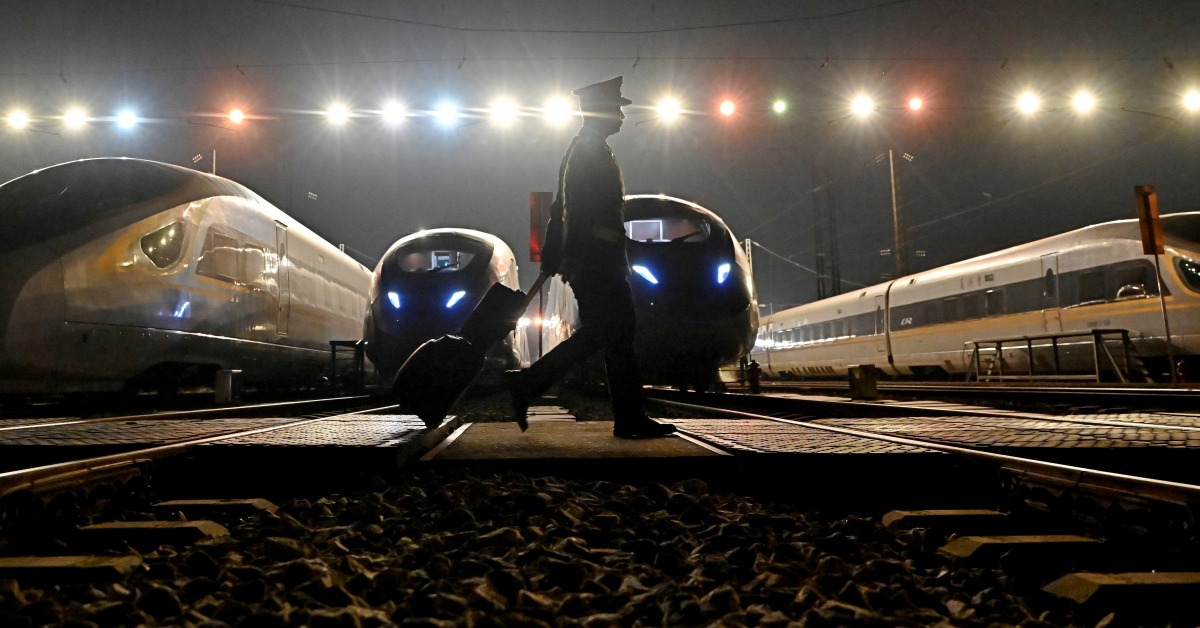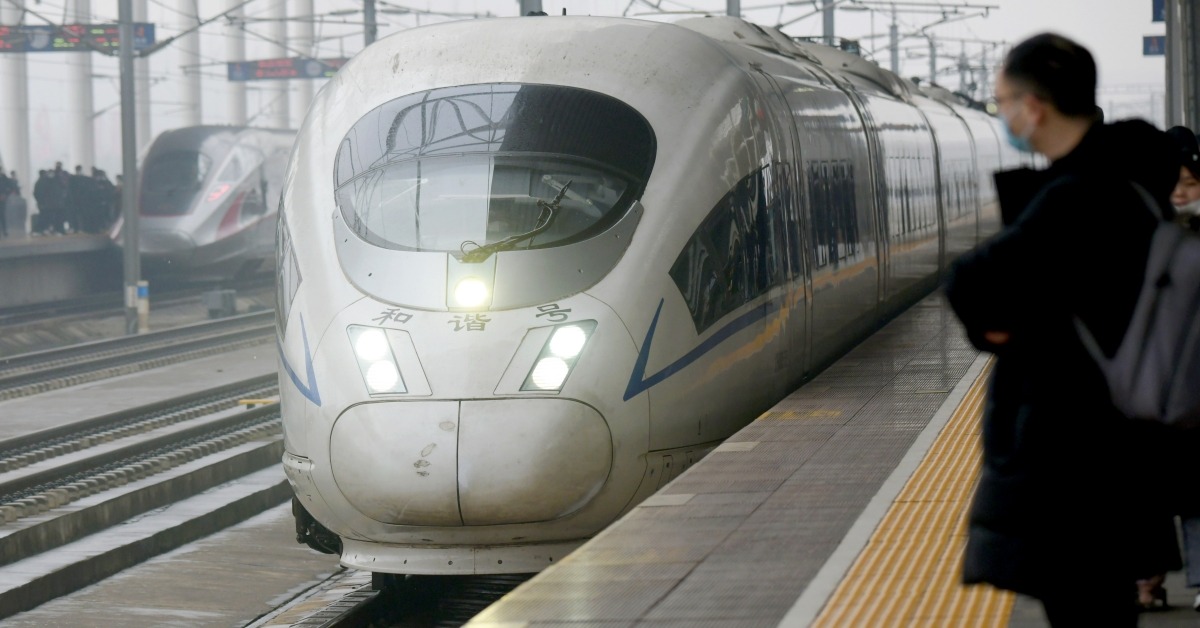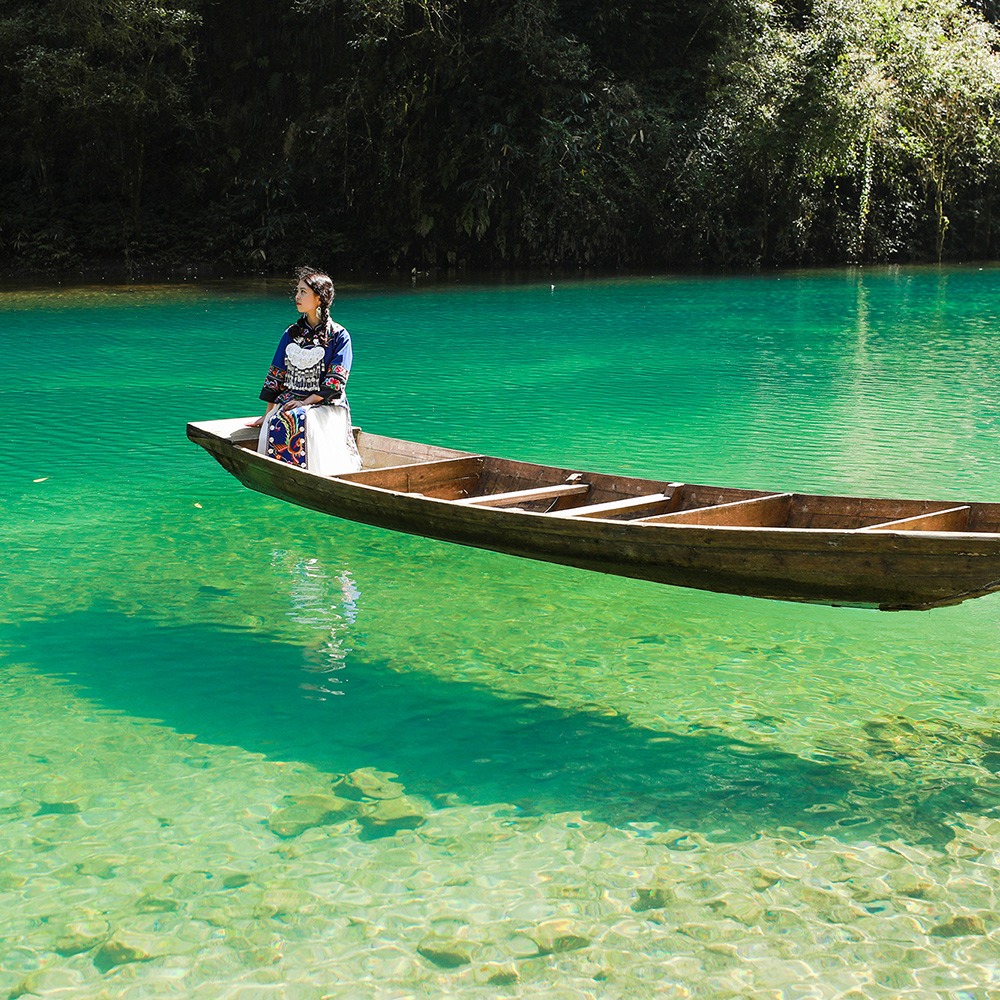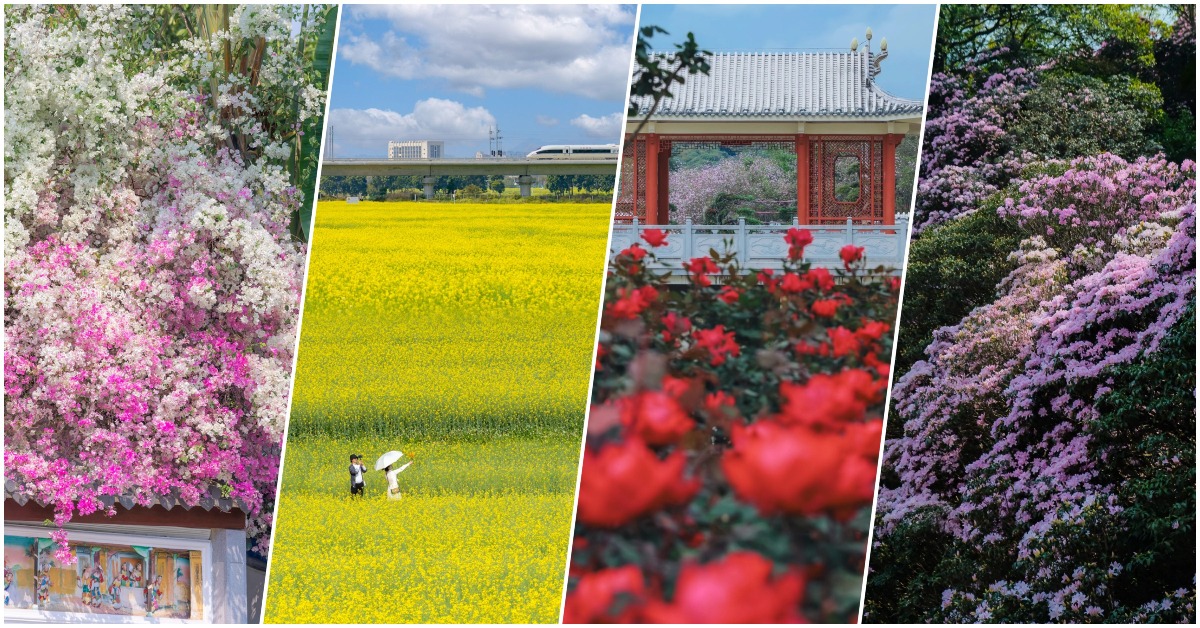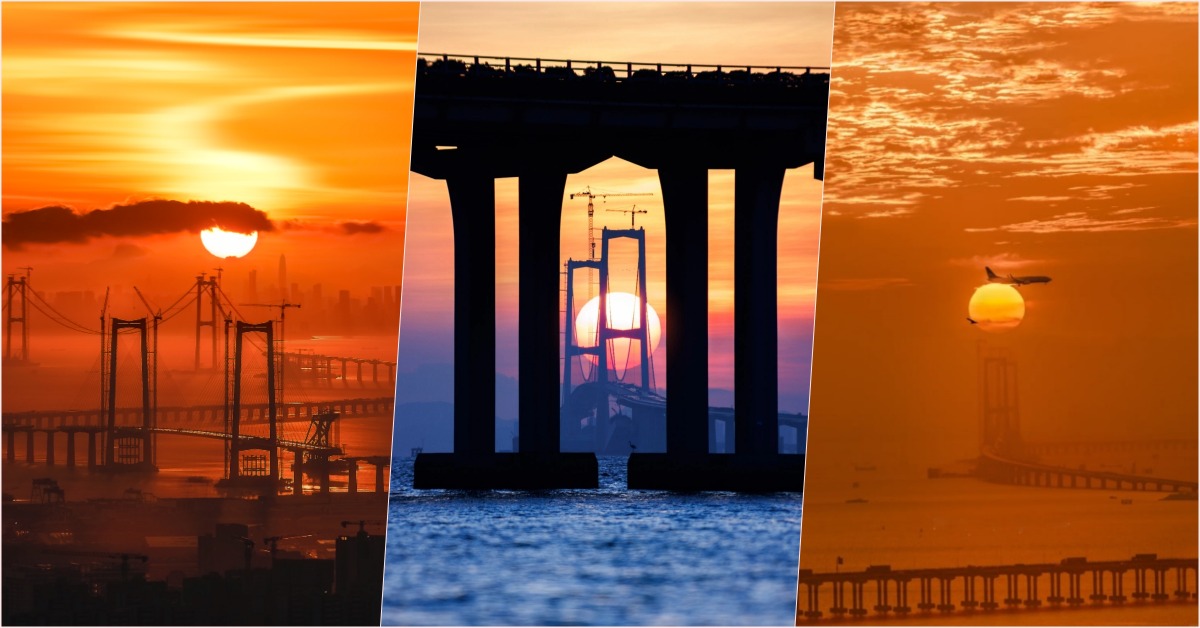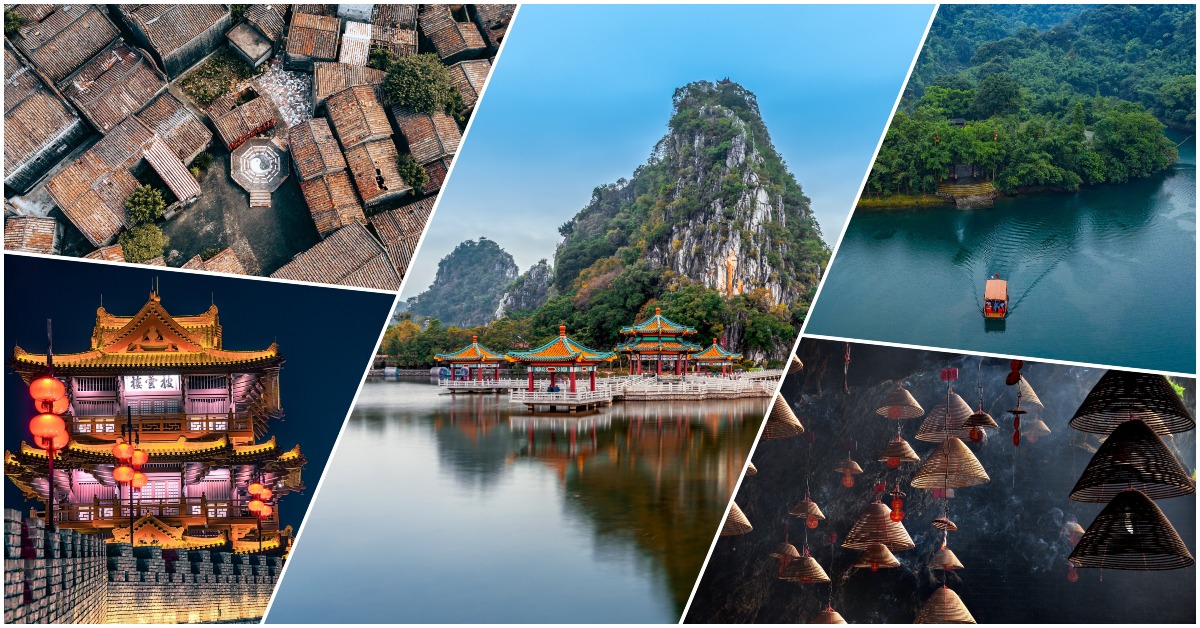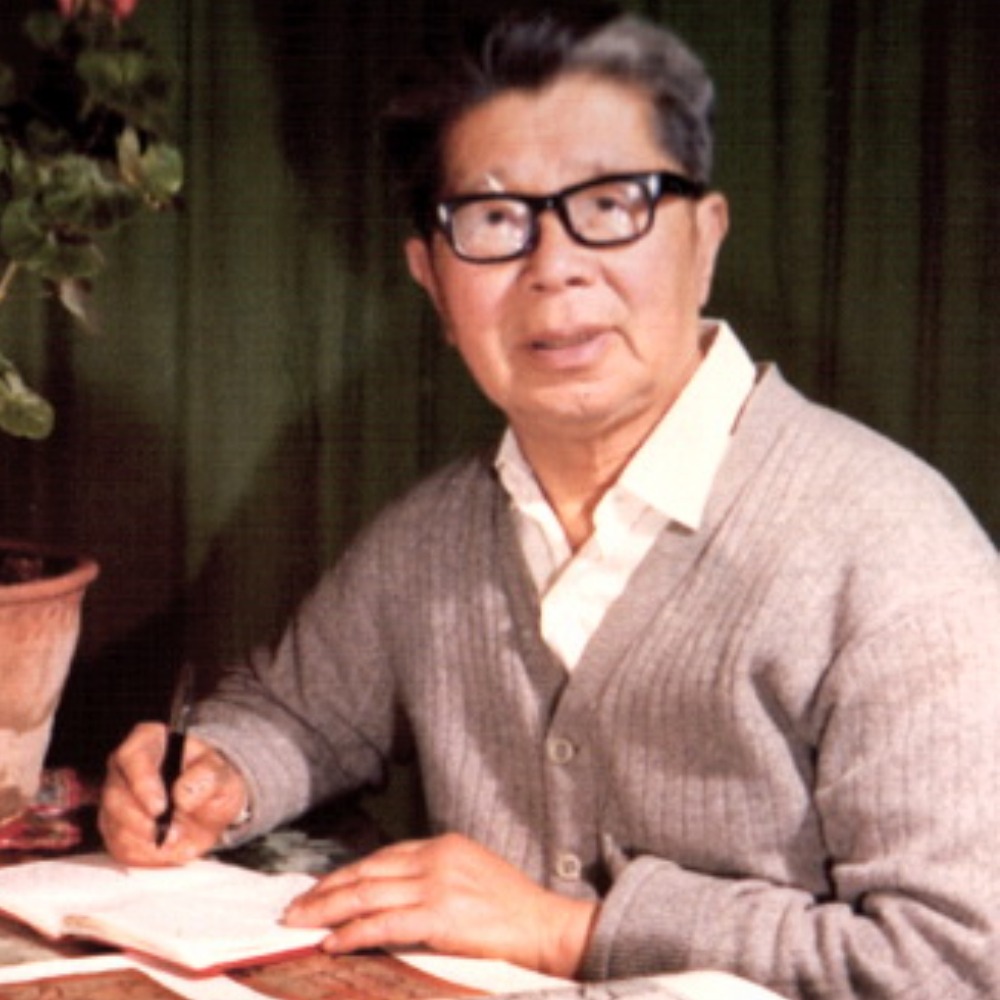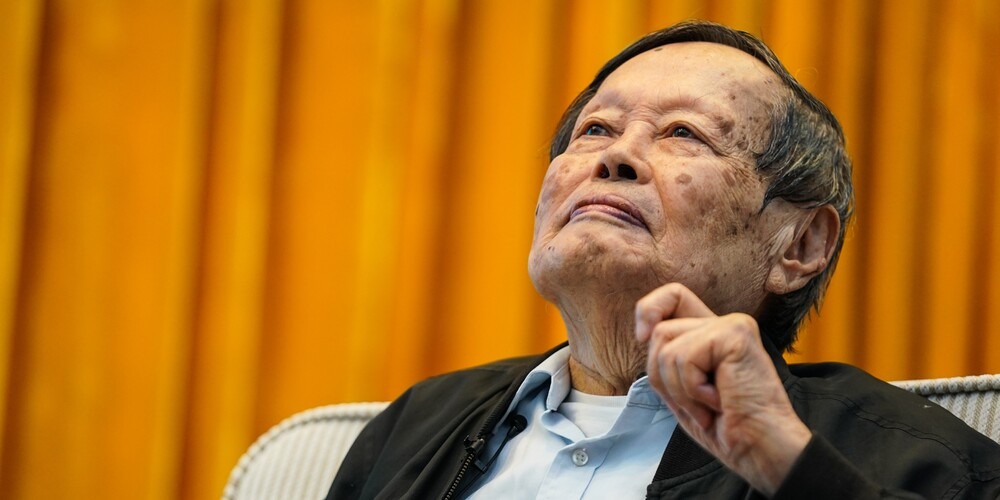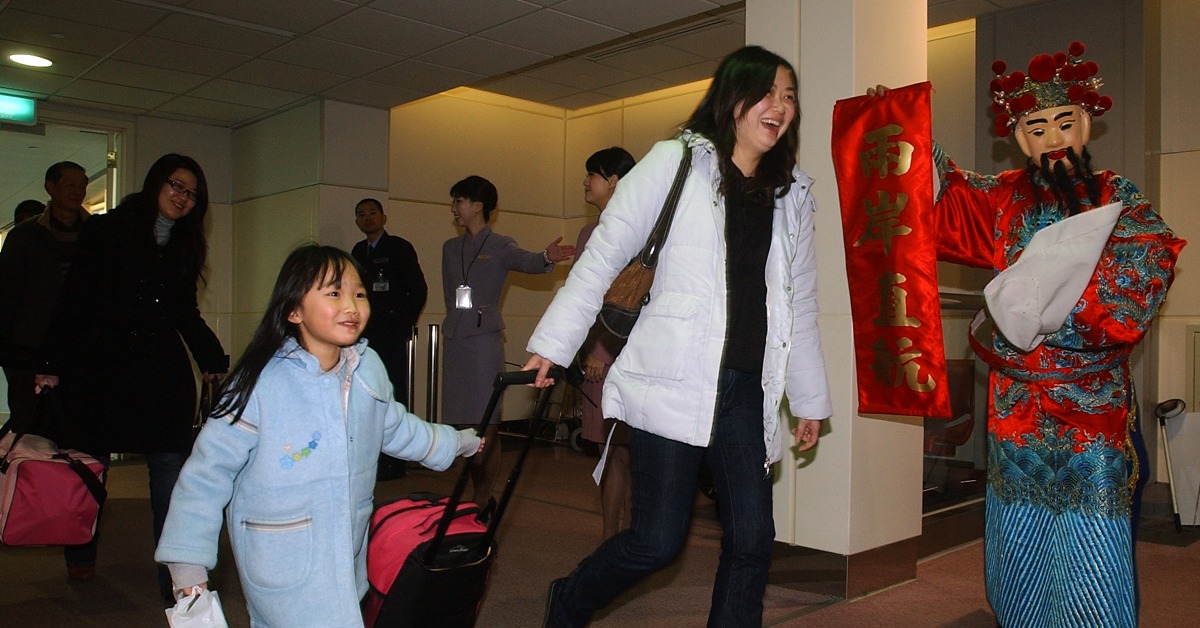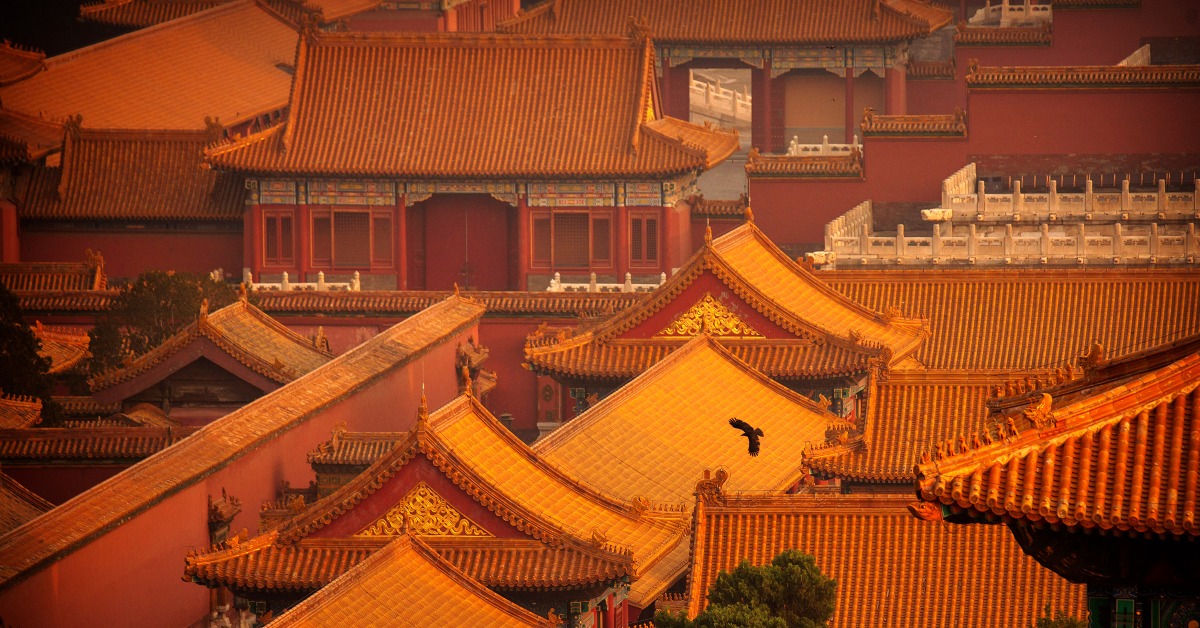Published : 2023-10-20
Since its proposal in 2013, the Belt and Road Initiative (BRI) has now marked its 10th anniversary. From a blueprint to today's reality, the BRI has manifested into tangible development for various countries and welfare for the people.
Over the past 10 years, China's infrastructure projects have been implemented globally. What innovative projects are noteworthy?
This article showcases the achievements of the BRI over a decade.
Transportation network facilitates trade and investment
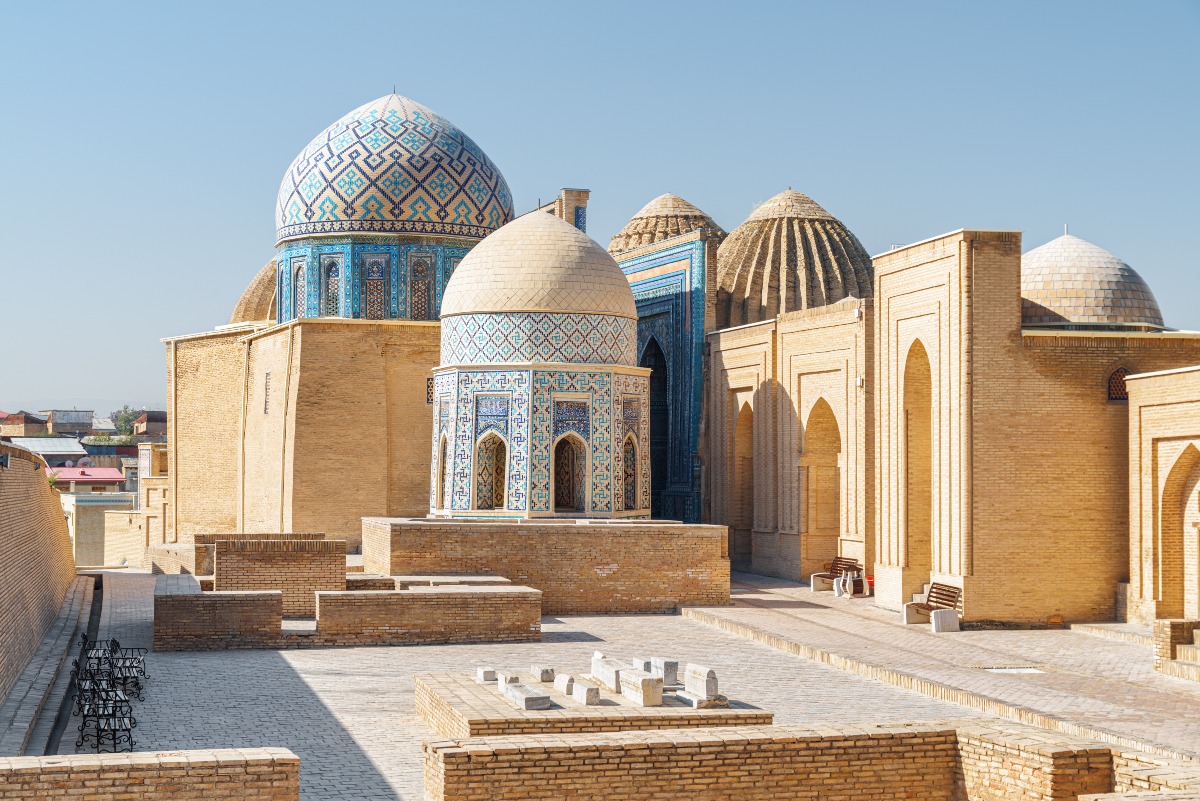
2023 marks the 10th anniversary of China's proposal for the Belt and Road Initiative. With the continued efforts of all parties, the BRI has attracted more and more countries to participate, benefiting a growing number of people and gaining widespread international recognition.
Specifically, what achievements has the BRI made in various aspects?
Firstly, trade and investment scale have steadily expanded. From 2013 to 2022, China's total import and export volume with participating countries reached 19.1 trillion USD, with an average annual growth of 6.4%; bilateral investment with these countries exceeded 380 billion USD.
The steady growth of exports and imports relies on the continuously unblocked transport routes.
In recent years, international multimodal transport has developed steadily, such as the China-Europe Railway Express, China-Europe Land-Sea Fast Line, Western Land-Sea New Channel, Lianyungang-Khorgas New Asia-Europe Land-Sea Transport, etc.
Among them, the China-Europe Railway Express reaches over 200 cities in 25 European countries, crossing major regions in Asia and Europe, with a logistics distribution network covering the Eurasian continent.
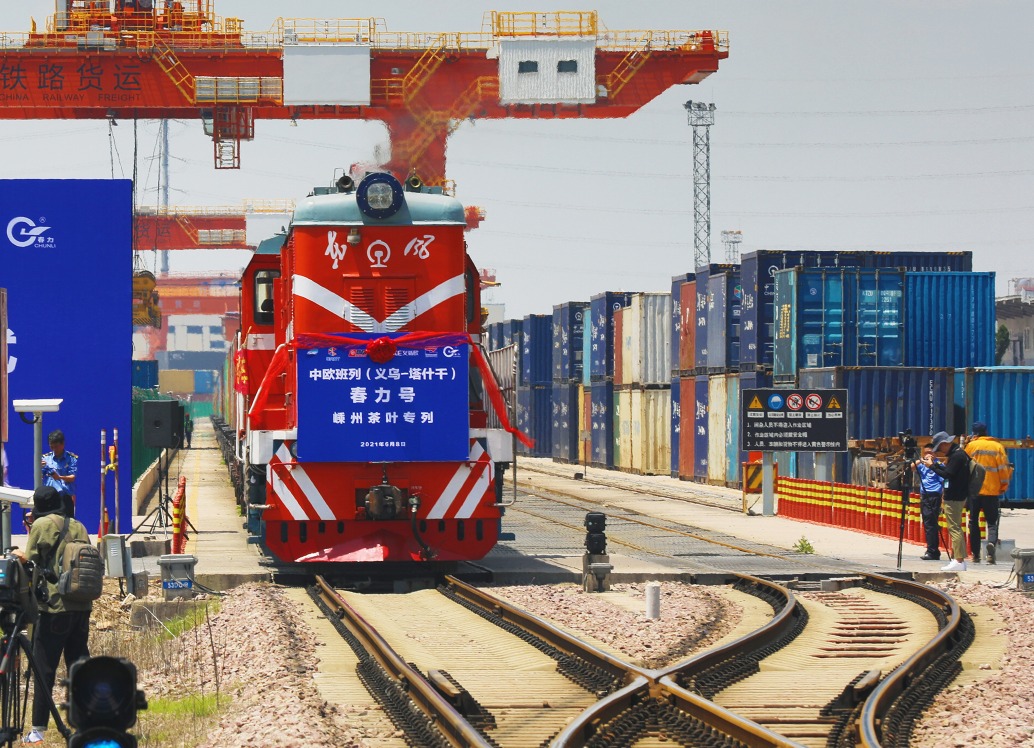
In addition to land transport, the "Silk Road Shipping” route also reaches 117 ports in 43 countries worldwide.
Secondly, a significant support for the BRI construction is the financial facility.
China has established the Silk Road Fund and co-founded the Asian Infrastructure Investment Bank (AIIB) with related countries.
The Silk Road Fund is dedicated to the construction of the BRI. As of the end of June 2023, it has signed 75 investment projects with a committed investment amount of about 22.04 billion USD.
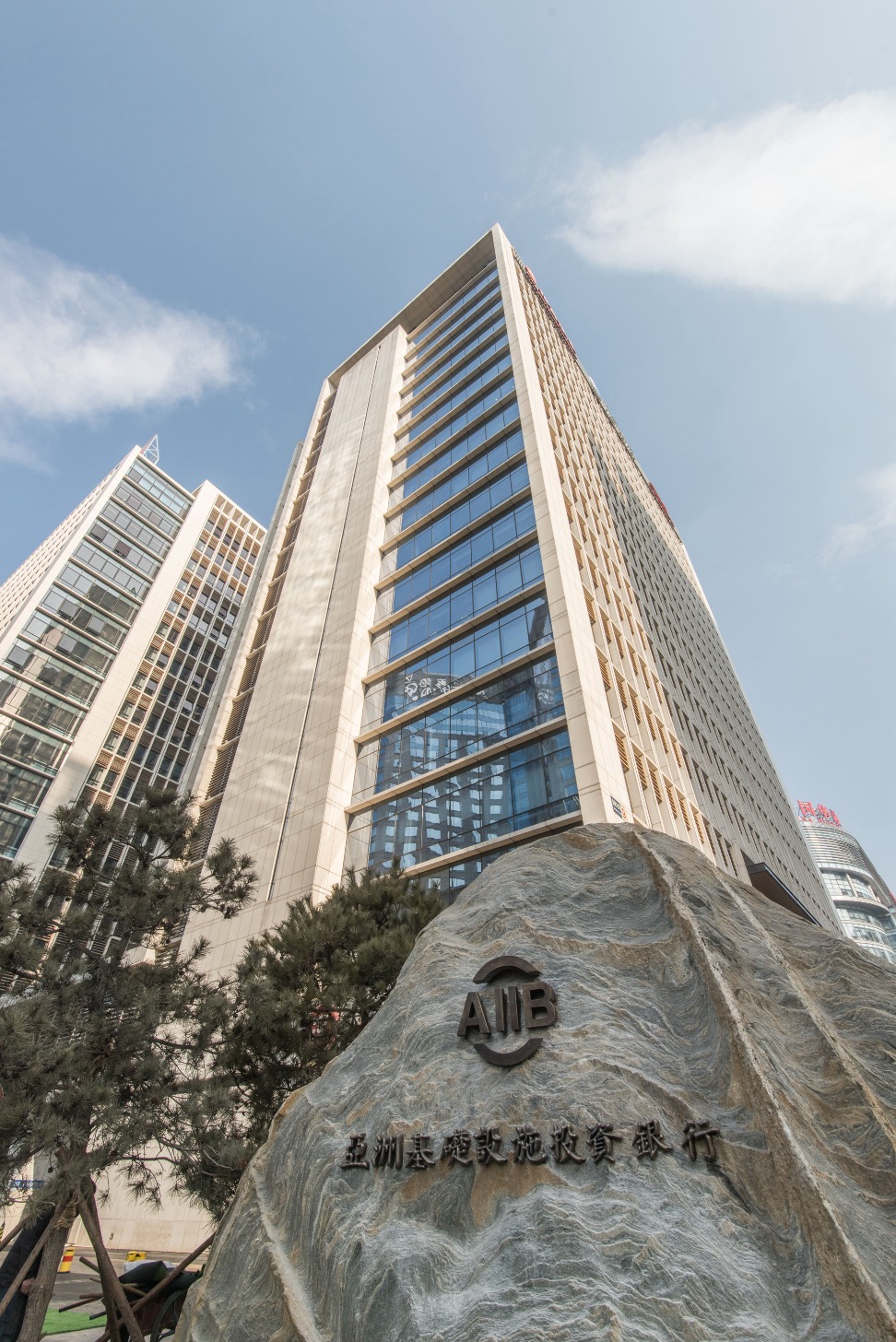
Meanwhile, the white paper "The Belt and Road Initiative: A Key Pillar of the Global Community of Shared Future" released earlier emphasised that China insists on guiding the loan for project construction according to the needs and actual situation of the project's country, avoiding any debt risk or fiscal burden for the country.
Improving people's wellbeing
The Belt and Road has not only injected new impetus into world economic growth but also contributed to improving the wellbeing of people in various countries, with numerous achievements in cultural exchanges, job creation, and education.
Firstly, regarding the food issues that many developing countries still face, China has sent agricultural experts and technicians to over 70 countries and regions.
It has promoted over 1,500 agricultural technologies, such as fungus grass and hybrid rice, in several countries to advance rural poverty reduction.
In terms of employment promotion, China and relevant countries actively promote the construction of industrial parks, guiding enterprises to create local employment opportunities through high-level industrial cooperation.
A study from McKinsey shows that the localisation rate of employment by Chinese companies in Africa is 89%, effectively stimulating local employment.
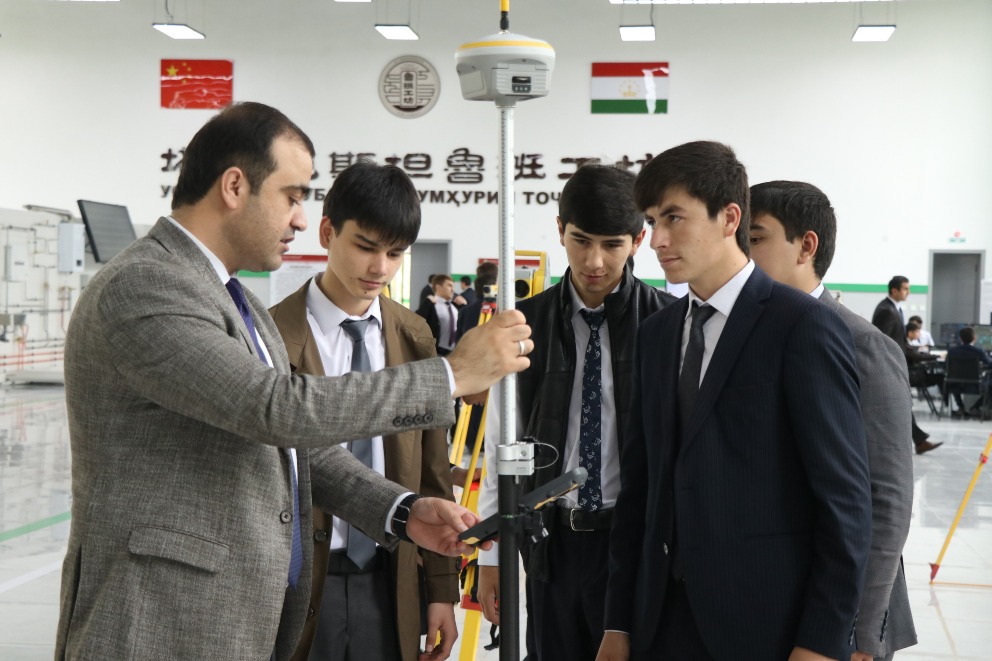
Secondly, in the field of education, Chinese institutions have 313 Confucius Institutes and 315 Confucius Classrooms in 132 participating countries.
Chinese institutions have cooperated with institutions from over 20 countries in Asia, Africa, and Europe to build a number of Luban Workshops.
At the same time, in the field of culture, cooperation is also rich and diverse.
China and participating countries have jointly created cooperation platforms and established the Silk Road International Theatre Alliance, Museum Alliance, Art Festival Alliance, Library Alliance, and Art Museum Alliance. The "Cultural Silk Road" plan has also been launched.
As a large number of projects are implemented, more people benefit from them, and the BRI, which has been developed for 10 years, is increasingly recognised by more countries and people.
According to data from the Academy of Contemporary China and World Studies, since 2014, the awareness and recognisability of the BRI construction among overseas people have steadily improved.
Read more: Why is the Belt and Road Forum for International Co-operation held?
Read more: Belt&Road|Which infrastructure projects are most remarkable?
